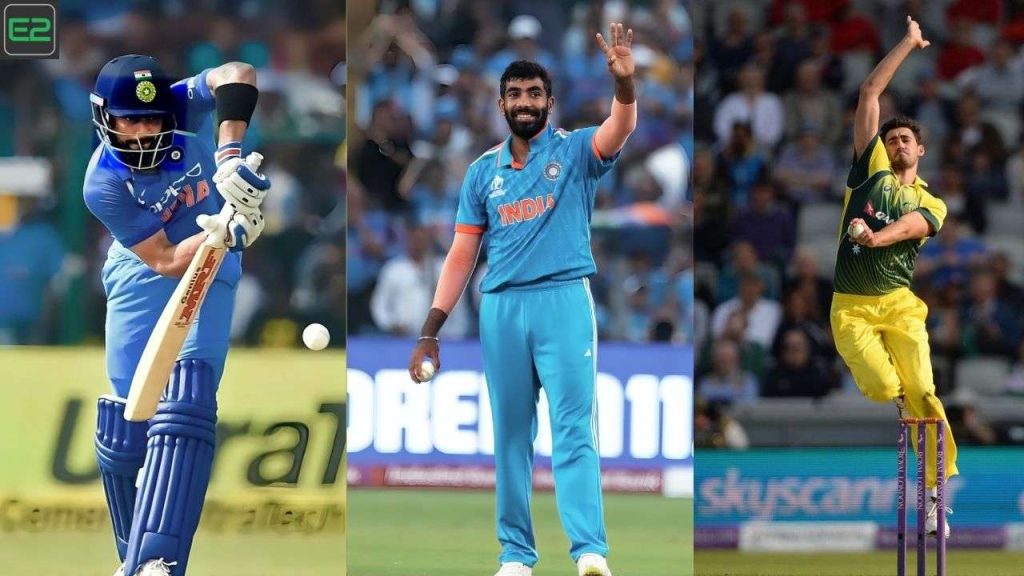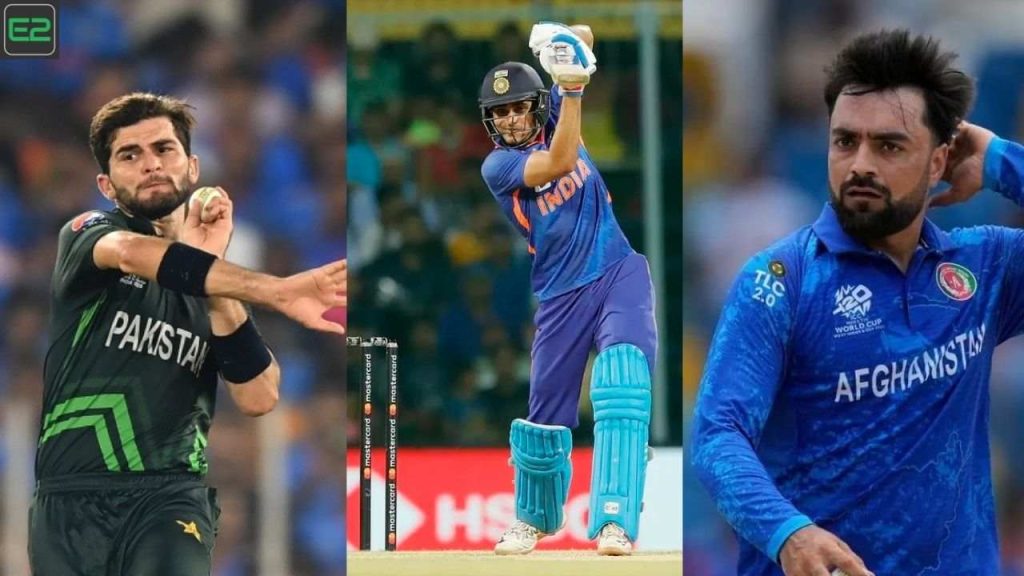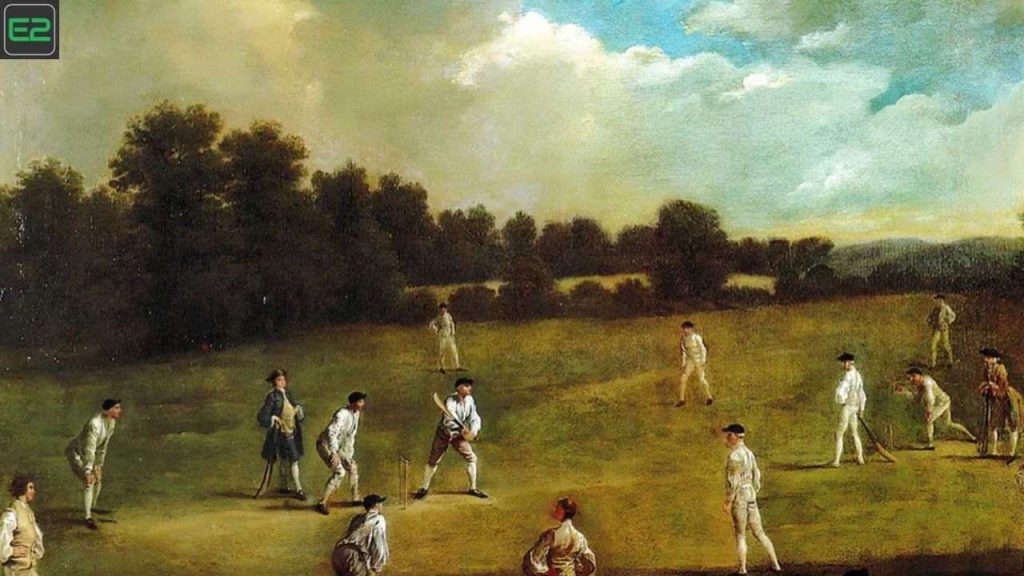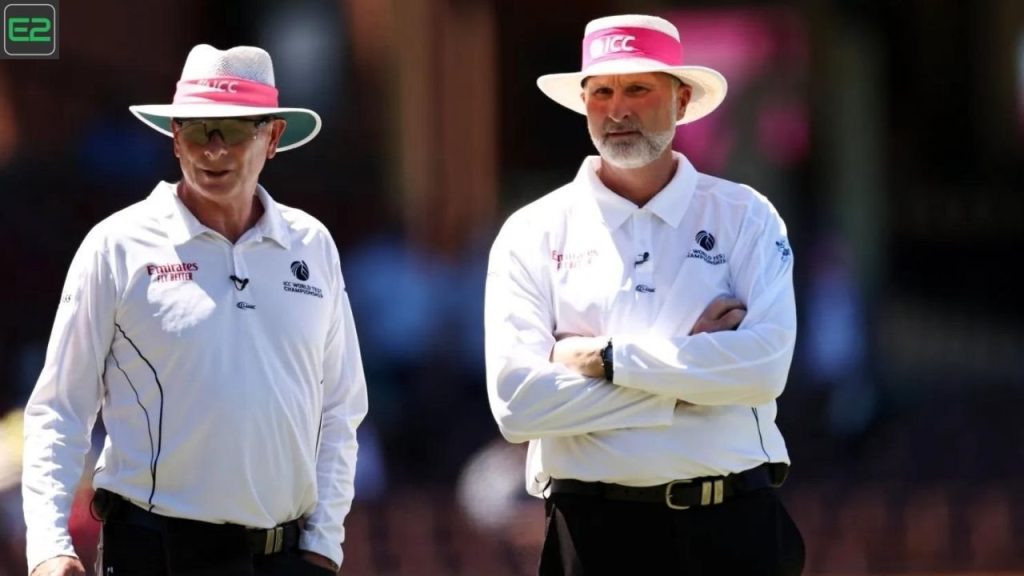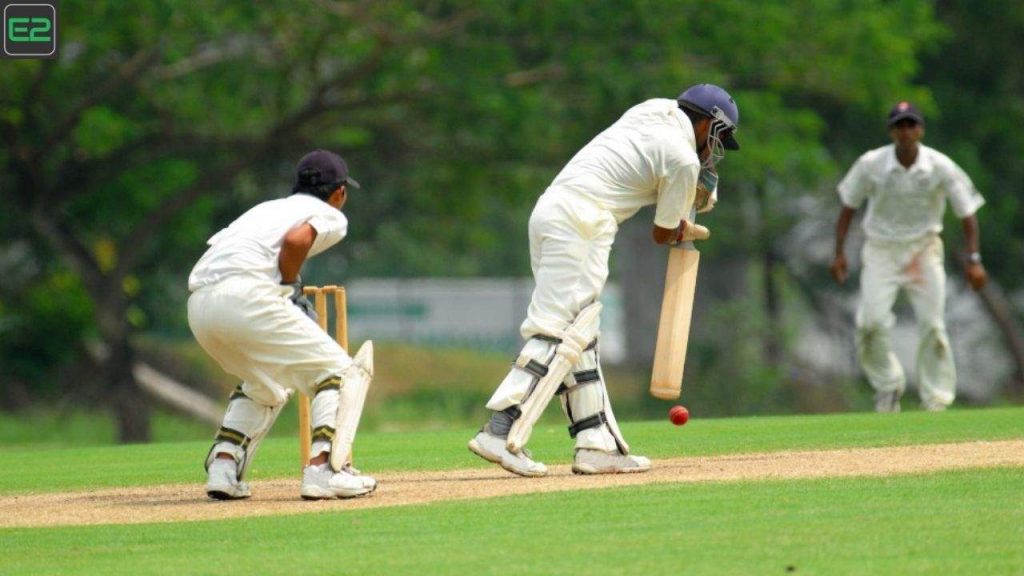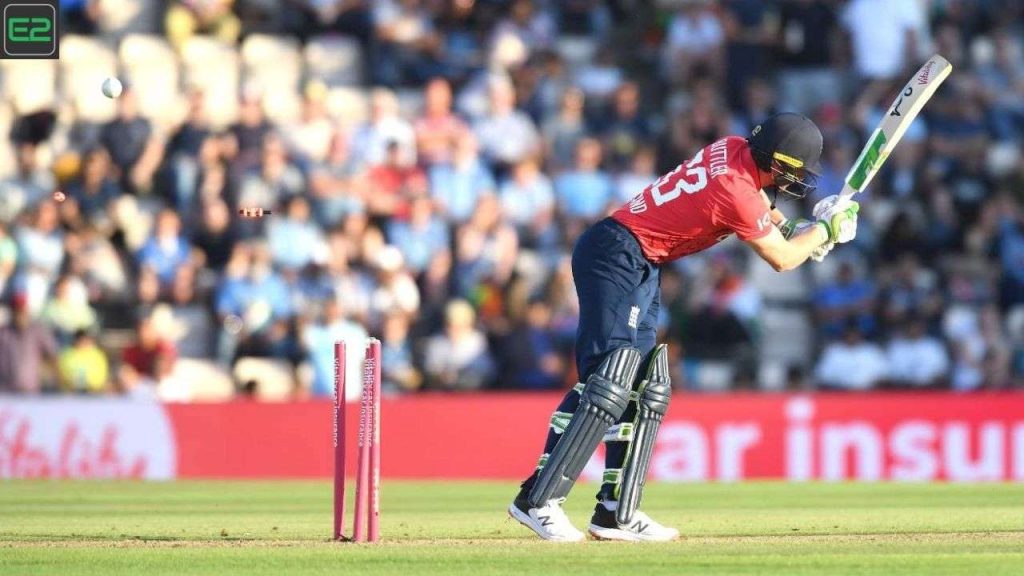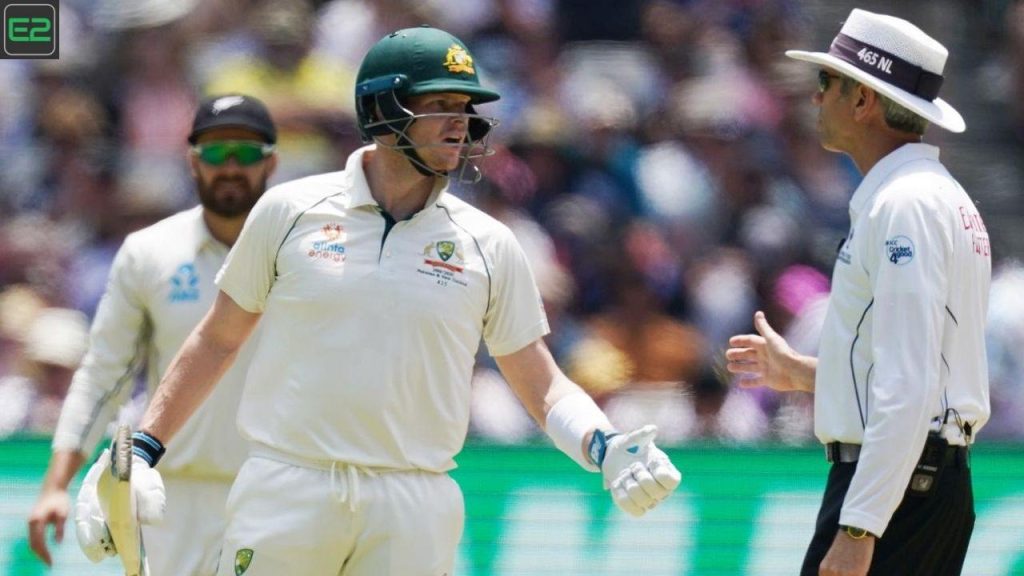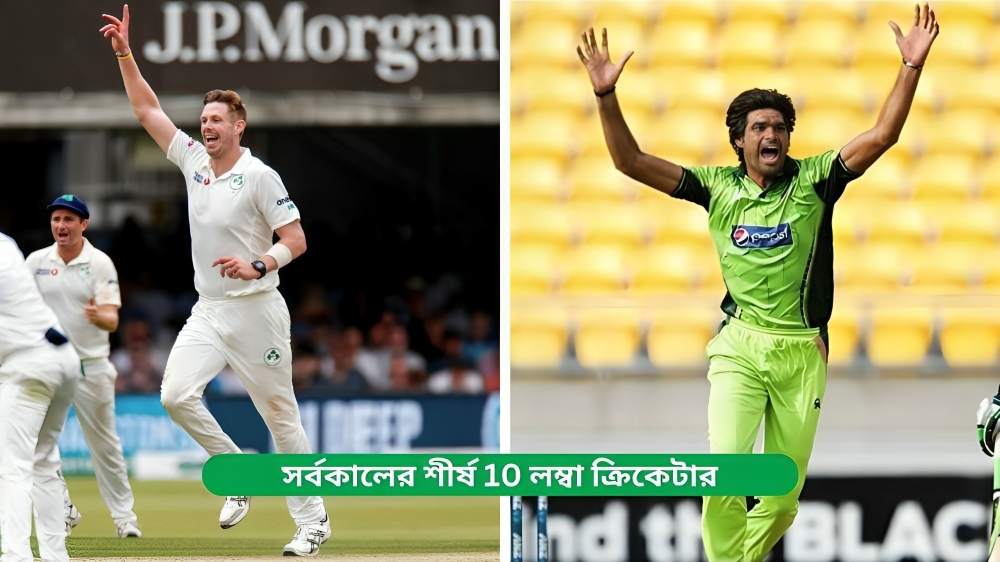Cricket Field: Cricket is a sport that has captured the hearts of millions around the world. While much of the focus is on the players, the equipment, and the game itself, one often overlooked but crucial element of the game is the cricket field. The size and shape of a cricket field can significantly impact the dynamics of the game, influencing everything from player positioning to the strategy used by both teams.
In this article, we’ll explore the size of a cricket field, its dimensions, and how different factors, such as the format of the game, can affect these measurements. We’ll also delve into the components of a cricket field, including the playing area, boundaries, and pitch.
General Dimensions of a Cricket Field
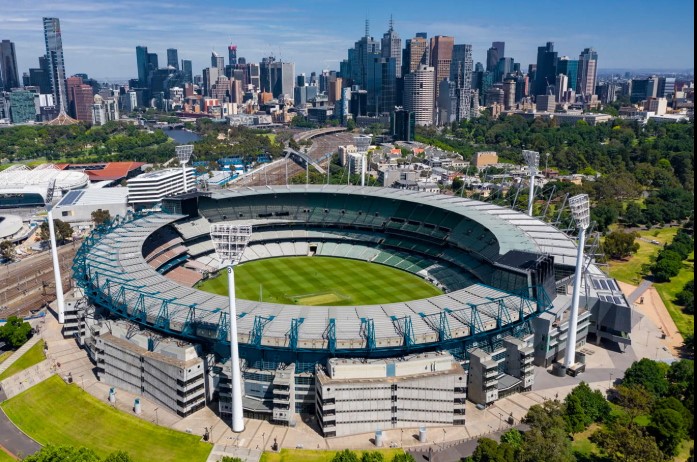
The dimensions of a cricket field are generally standardized, but there are some variations depending on the type of game being played (Test, One-Day, or T20). The layout of a cricket field is typically circular, although it can be slightly oval in shape.
Size of the Playing Area
The playing area of a cricket field, also known as the “outfield,” is the region outside the pitch where players field the ball. The size of the outfield can vary, but the general measurement for the radius of the field (from the center of the pitch to the boundary) is as follows:
| Format | Minimum Radius of the Field | Maximum Radius of the Field | Standard Diameter |
|---|---|---|---|
| Test Cricket | 130 meters | 160 meters | 260 meters |
| One-Day | 135 meters | 155 meters | 310 meters |
| T20 | 120 meters | 160 meters | 320 meters |
For Test matches, the field’s radius typically ranges between 130 meters and 160 meters, making it one of the larger playing areas in cricket. For One-Day Internationals (ODIs), the field tends to be slightly smaller with a radius ranging from 135 meters to 155 meters, while for T20 matches, the boundary size is the smallest, often with a radius between 120 meters and 160 meters.
The boundary distance influences the dynamics of the game. A larger field often leads to lower-scoring games, as it is harder to hit the ball to the boundary, whereas a smaller field encourages more aggressive batting with higher scores.
The Pitch
At the center of the cricket field is the pitch, where all the action takes place. The pitch is where the bowler delivers the ball to the batsman. The standard dimensions of a cricket pitch are:
| Dimension | Measurement |
|---|---|
| Length of the Pitch | 22 yards (20.12 meters) |
| Width of the Pitch | 10 feet (3.05 meters) |
The pitch length of 22 yards (20.12 meters) is constant across all formats of the game, and it remains one of the most important aspects of cricket. A well-maintained pitch can greatly influence the nature of the game, affecting how the ball behaves, whether it turns, bounces, or swings.
Boundary Measurements
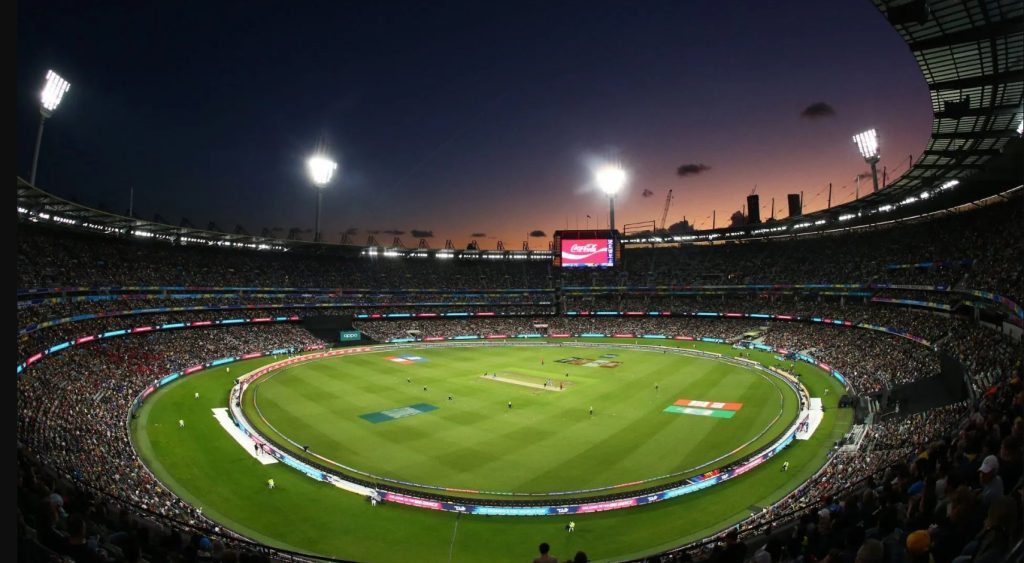
The boundary is the outer edge of the playing area, marking the point beyond which the ball is considered to have gone out of play. There are different boundary types in cricket:
- Four Runs: If the ball touches or lands inside the boundary line, the batsman scores four runs.
- Six Runs: If the ball crosses the boundary line without touching the ground inside the boundary, the batsman scores six runs.
The distance of the boundary is one of the most important factors influencing the size of a cricket field. In all formats, the distance from the center of the pitch to the boundary varies, and this can change based on the venue.
| Format | Boundary Distance (Minimum) | Boundary Distance (Maximum) |
|---|---|---|
| Test Cricket | 64 meters | 91 meters |
| One-Day | 59 meters | 80 meters |
| T20 | 55 meters | 75 meters |
For Test matches, boundaries are usually longer, with a minimum distance of 64 meters and a maximum of 91 meters. ODIs feature slightly shorter boundaries, typically between 59 meters and 80 meters, and T20 matches often have the shortest boundaries, ranging from 55 meters to 75 meters.

The shorter the boundary, the more likely it is that the game will see aggressive batting and higher scores, as players can more easily hit boundaries. In contrast, longer boundaries may encourage bowlers to bowl more defensively and for batsmen to focus on placement rather than hitting for distance.
The Role of the Outfield
The outfield plays a crucial role in cricket, especially in terms of fielding and how quickly a fielder can retrieve the ball. The quality of the outfield surface is also an important factor. Most modern cricket grounds have well-maintained grass outfields that allow for fast ball movement and reduce the likelihood of the ball getting caught in muddy patches.
| Outfield Type | Description |
|---|---|
| Grass Outfield | The most common type, allowing for quick ball movement and clean ball retrieval. |
| Artificial Turf | Occasionally used in indoor matches or on pitches in non-traditional settings. |
A smooth, well-maintained grass outfield allows for quick ball retrieval, ensuring that the game proceeds at a steady pace. In contrast, an uneven outfield with patches of dry or wet areas may slow down the ball and make fielding more difficult.
Impact of Cricket Field Size on Strategy

The size of the cricket field has a significant impact on the strategy employed by both teams. Here are a few ways field size influences the game:
Batting Strategy
A shorter boundary encourages batsmen to play more aggressively, focusing on hitting sixes and boundaries. In formats like T20, where the field is often smaller, batting becomes more focused on quick scoring, with batsmen taking more risks and aiming to clear the boundary.
In contrast, a larger boundary, especially in Test matches, often requires batsmen to be more selective and focus on placing the ball in gaps rather than trying to hit it out of the park.
Bowling Strategy
The size of the field can also affect the bowlers’ approach. Bowlers may use a defensive strategy in larger fields, focusing on dot balls and trying to keep the batsmen from hitting boundaries. In smaller fields, especially in T20 matches, bowlers might bowl more aggressively but with the risk of conceding sixes.
Fielding Strategy
In a smaller field, fielders tend to play a more defensive role, aiming to stop the ball from crossing the boundary rather than attempting to catch it in the air. On a larger field, fielders are positioned further out to cover more ground, and strategic positioning becomes critical.
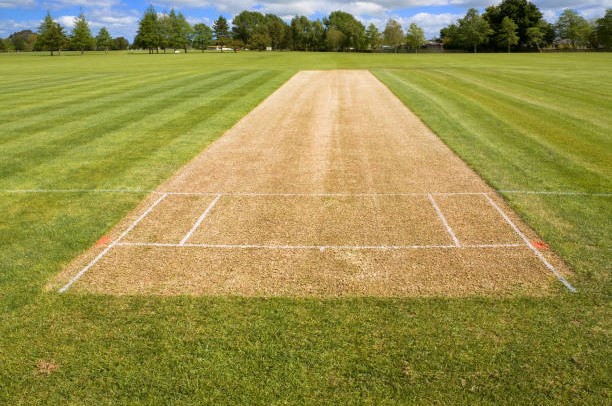
The size of a cricket field plays an important role in shaping the dynamics of the game. From the size of the outfield and boundaries to the layout of the pitch, these elements all contribute to how the game is played. While the dimensions of the cricket field vary across formats, the 22-yard pitch remains constant.
As cricket evolves, the size of the field continues to influence strategies, particularly in different formats. In T20 cricket, a smaller field encourages aggressive batting, while a larger field in Test matches requires more patient and skillful play. Ultimately, the size of a cricket field helps make the game exciting, with both batsmen and bowlers adjusting their strategies to the dimensions of the venue. Whether you’re watching a thrilling Test match or a high-energy T20, the field’s size is always an integral part of the action.


